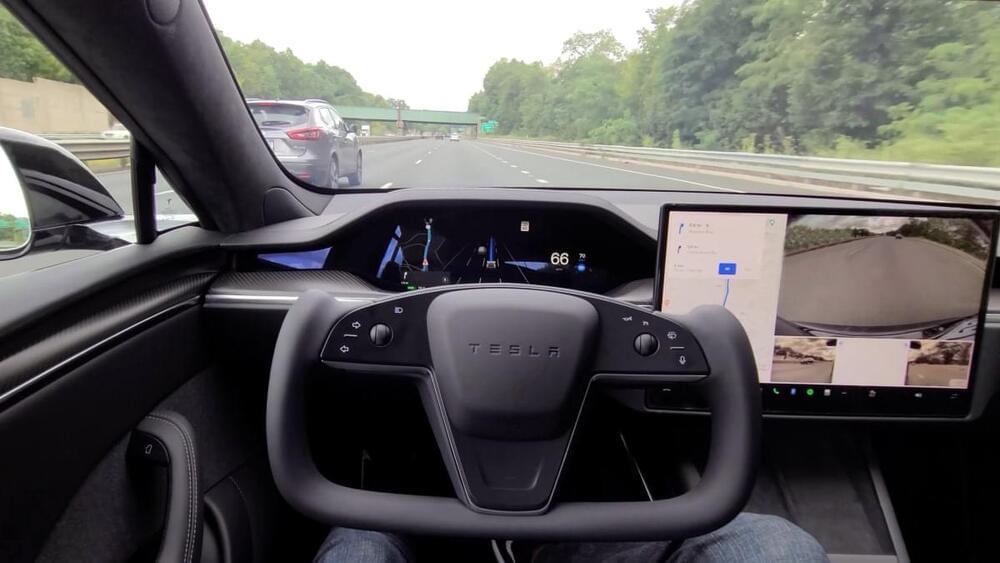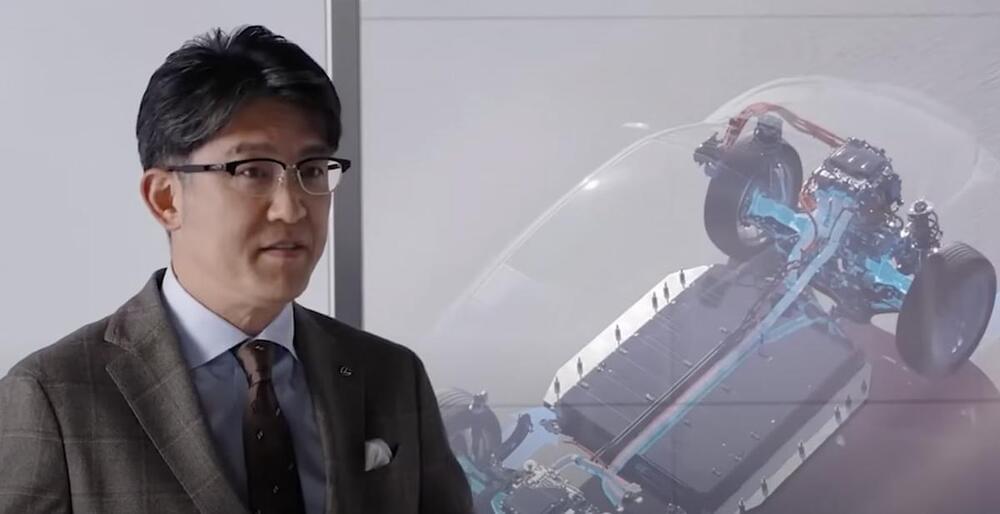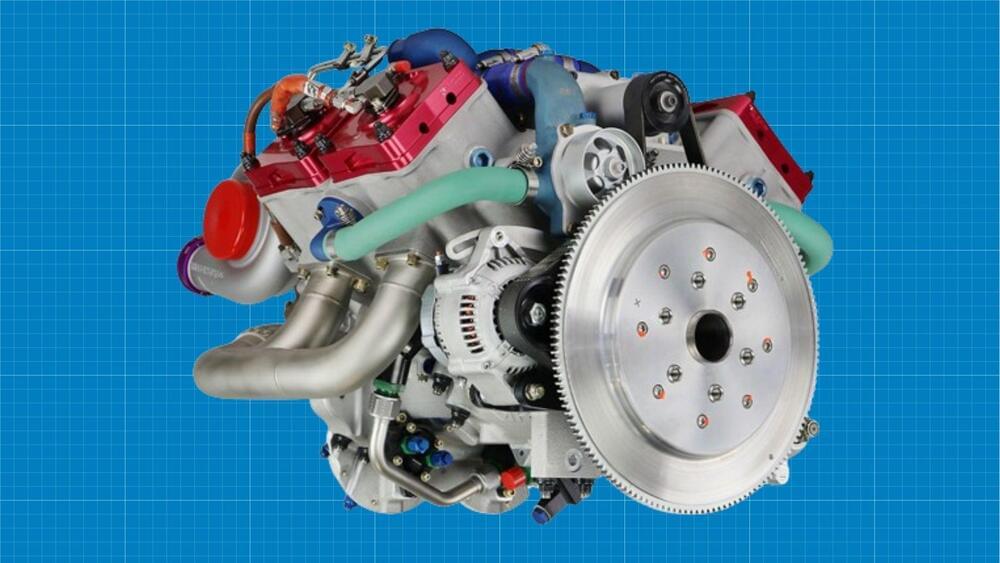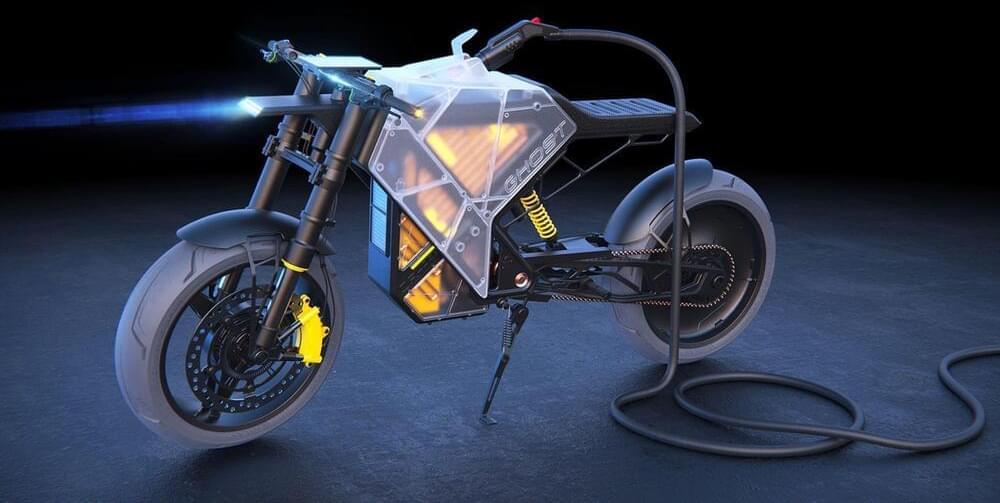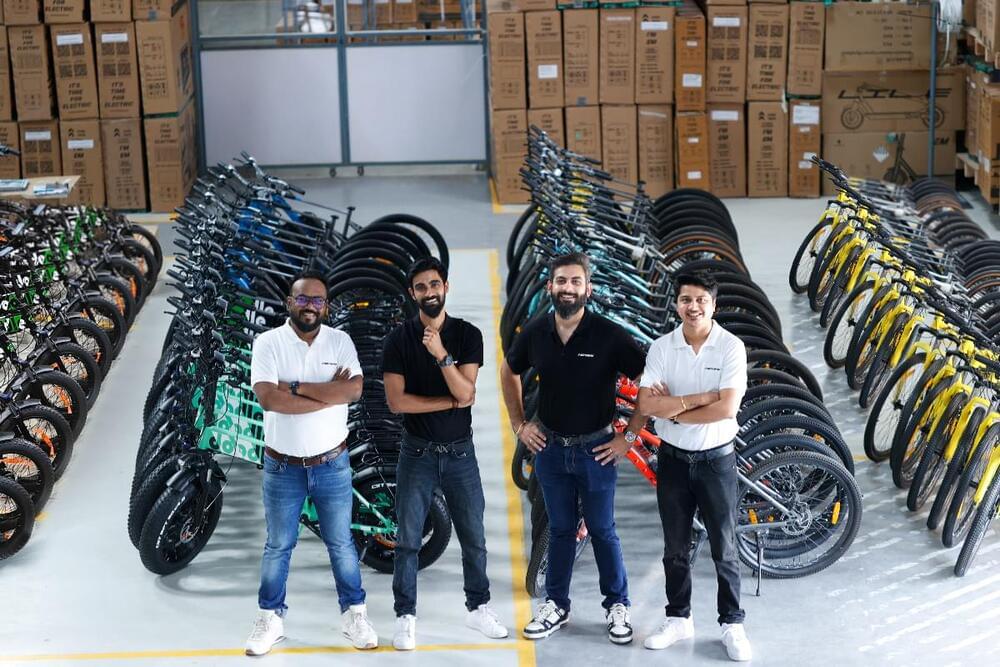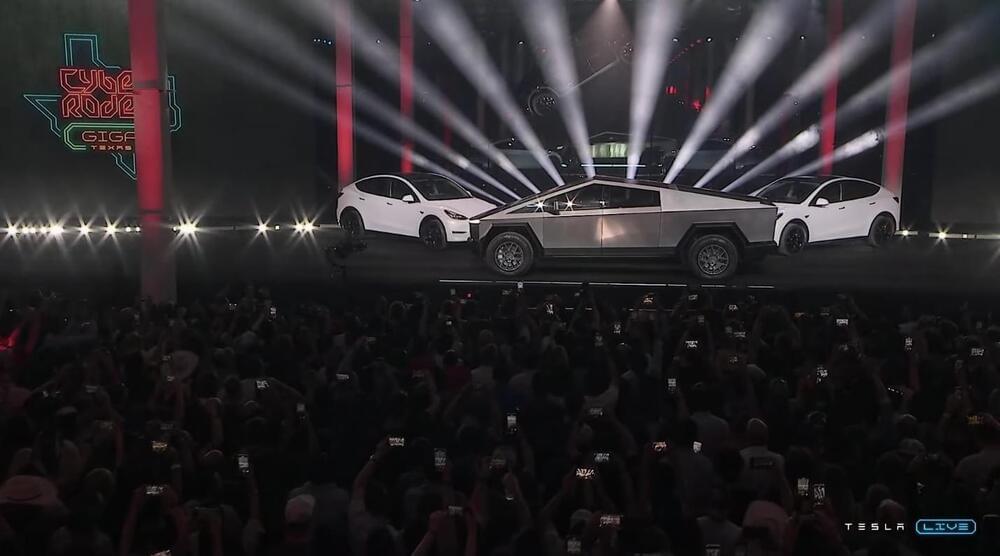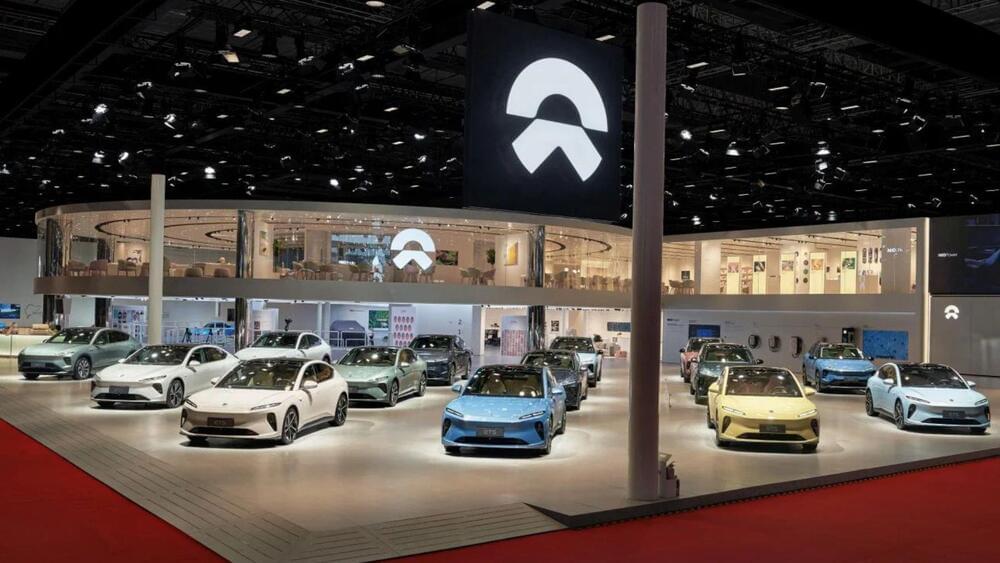Tesla finally delivered the long-awaited Cybertruck to the first batch of customers. But there’s still a long road ahead for the angular, polarizing truck.
Category: transportation – Page 99
With dubstep as the soundtrack and neon lighting as the backdrop, Elon Musk handed the first Cybertrucks over to a select group of customers that included Reddit co-founder and VC fund Seven Seven Six founder Alexis Ohanian and Trousdale Ventures founder and CEO Phillip Sarofim.
The live streamed portion of the Tesla Cybertruck delivery event was a short affair — around 30 minutes. But the event still had all the traditional trappings one has come to expect from Tesla: the pomp and pumpy music, VIP guests and of course, Musk.
The Tesla Cybertruck deliveries come at least six years since Musk first tweeted about building a truck and four years since he debuted the futuristic-looking pickup.
Tesla CEO Elon Musk confirmed the company has begun to introduce the latest version of its ‘Full Self-Driving’ (FSD) semi-autonomous software in the US, with its ‘beta’ title – which refers to a product being tested by consumers – to be dropped.
Mr Musk confirmed Tesla employees are the first to experience the new system.
Known as version 12 (or v12), the new FSD could signify a major technological step forward in the industry – allowing the car’s computers to make its own judgements based on what its cameras see, rather than relying on “hard-coded programming”, website Not a Tesla App reports.
In a world that seems inexorably drawn towards an all-electric future, Toyota has consistently taken a different road. The Japanese automaker remains skeptical about an exclusive reliance on electric vehicles (EVs). While it’s true that Toyota has some exciting EVs in the pipeline for the upcoming year, they are also actively exploring alternative energy sources. However, a recent development could potentially turn the tables on the EV revolution — an ammonia-powered engine for passenger vehicles.
Also, to read:
The firm claims that the technology “testing in computer simulations is proving superior to legacy four-stroke engine architectures.”
DeltaHawk.
The Wisconsin-headquartered company has now successfully concluded sophisticated simulation analyses for a hydrogen-fueled version of its engine. The firm received FAA certification for its 180 horsepower DHK180 jet-fueled aircraft piston engine in May.
Transparent panels showing off the inner workings on a motorcycle?
Gurmukh Bhasin.
Gurmukh Bhasin has introduced a game-changer that turns heads and sparks conversations. The CR-Dos — Ghost, a concept electric motorcycle, has taken the spotlight with its unique blend of transparency and cutting-edge design.
EMotorad, an Indian startup manufacturing electric bikes, raised $20 million in a Series B round as it aims to disrupt China’s market domination and expand its presence in global markets.
The three-year-old startup has raised more than $22.5 million in total funding, with Singapore’s Panthera Growth Partners leading the latest round, along with participation from Alteria Capital, xto10x Technologies, and Green Frontier Capital — the startup’s existing investor. Additionally, the fresh funding round includes a debt of $2.5 million.
The demand for e-bikes is growing in markets beyond China and India as people seek to reduce their reliance on fossil fuels, ease traffic congestion on the roads and find alternative transportation options that do not require rigorous physical activity throughout their daily commute. In 2021, the World Bank predicted (PDF) that as many as 300 million e-bikes will circulate in cities across the globe by 2023. However, despite growing demand worldwide, e-bike supplies rely heavily on Chinese manufacturers. EMotorad is striving to overturn this trend by establishing its manufacturing operations in India.
Tesla Investor Relations (IR) Head Martin Viecha has provided some key details about the upcoming Cybertruck first delivery event, which is scheduled to be held at Gigafactory Texas this Thursday, November 30, 2023. Contrary to other Tesla events like the Cyber Rodeo, the Cybertruck’s first deliveries will be starting notably earlier.
As noted by Martin Viecha, the Tesla Cybertruck delivery event will be starting at 1 p.m. CT (11 a.m. PST). Expectations are high that Tesla will be live-streaming the event, though the executive has not provided information about when the livestream for the occasion will go live.
“The Cybertruck delivery event starts at around 1 p.m. CT on Thursday, in case someone’s unsure. I’ve noticed that few people thought it’s an evening event,” Viecha clarified on X, the social media platform formerly known as Twitter.
Last year Swiss Re and Waymo launched a research partnership to define a standard for assessing the risk of autonomous vehicles. One year after that announcement, they are publishing a study that uses real-world data to compare the safety performance of autonomous vs human-driven vehicles. Notably, this is the first time that a robust and significant liability claims dataset is being used to compare the safety performance of autonomous and human drivers.
In fact, Swiss Re was able to produce mileage-and zip-code-calibrated (human driver) private passenger vehicle baselines, against which Waymo’s third party liability insurance claims data were compared. Swiss Re’s baselines, for the specific areas considered, are extremely significant, as they come from over 600,000 claims and over 125 billion miles of exposure.
The results of the research are exciting both for the insurance industry and the safety community alike: in over 3.8 million miles driven without a human being behind the steering wheel in rider-only mode, the Waymo Driver (Waymo’s fully autonomous driving technology) incurred zero bodily injury claims in comparison with the human driver baseline of 1.11 claims per million miles. The Waymo Driver also significantly reduced property damage claims to 0.78 claims per million miles in comparison with the human driver baseline of 3.26 claims per million miles.
Along with Xpeng and Li Auto, it is one of the top three Chinese premium EV assemblers.
NIO Newsroom.
As SCMP reports, the Shanghai-based company, which competes with Tesla and other premium EV brands, said it had already trimmed 10 percent of its staff earlier this month to improve efficiency and competitiveness.


